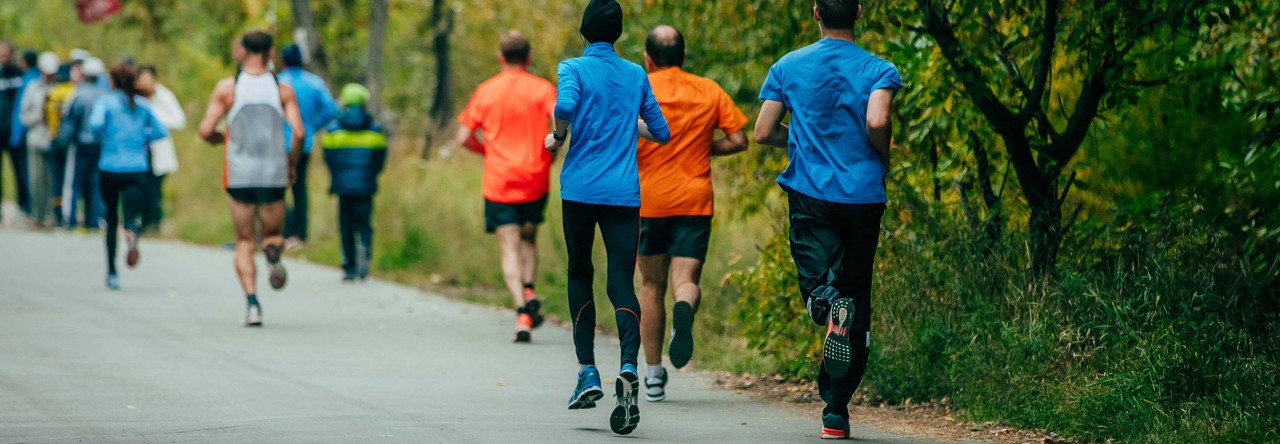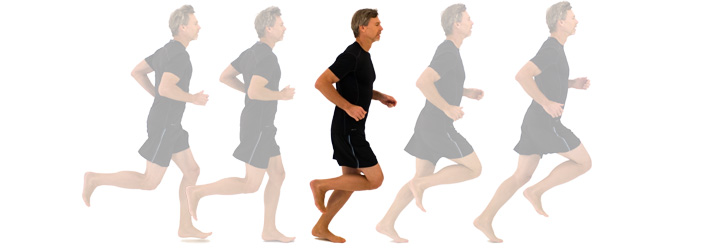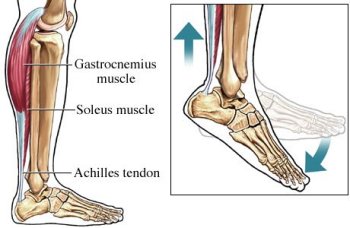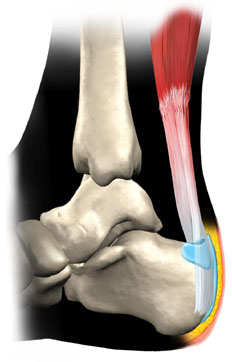Welcome to my website and thanks for taking time to read this article.
This blog post is about pose method of running, a technique for running efficiently and less prone to injury created by Dr. Nicholas Romanov.
About three years ago (2013) I came across this technique after facing some injuries at running that made me think again about my techniques and patterns of training. Back in time, as a big fan of minimalism, I trained so hard to run marathons and although I reached my goal in a reasonable time of 3:11, I fell into a series of not very serious injuries but enough to stop me to run for a couple of months and more importantly they made me think again about all I had done for running. I looked into variety of running methods, I watched videos of Olympian runners, and subscribed to the mailing list and youtube channels of some top notch running coaches. At the end, the only one that could scientifically justify everything it claimed was Pose Method of Running.
The main reason that I came to like Pose Method was due to one of the injuries I had. My right Achilles tendon had microscopic tears as well as inflammation (tendinitis). I was diagnosed with that 4 months after I made my PB at Sydney Blackmore’s marathon (Sep 2012). Pose method advises against toe-push off which removes the pressure from Achilles tendon in terms of generating propulsive force. That attracted my attention so much and up to the day am still inclined to believe in the technique. I feel how easy running in pose is on my calf muscles and Achilles tendon compared to the time that I treated running as a second nature, or let say as a purely training sport rather than a skill.
In my opinion Pose Method is based on one single point:
Gravity is the source of propulsive force.
I have heard people chuckling at this and also countering it with saying that gravity does not have a horizontal component. That is true, gravity does not have a horizontal component but when the balance of an object, human body as an example, is tipped the object does fall and does not the top end of that object land at a distance away from the base? Yes. So what force moves the top end away? I do not want to get too much involved in physics here but this body movement is from a torque generated by gravity with centre of rotation at ankle joint. Well, as well as being a personal trainer I hold a diploma in Maths and Physics.
Human body is like a lever, standing upwards. We can rotate around our ankles, which are like a hinge. In fact, that so-called leaning forward is actually a rotation around ankle joint, especially because the body should be held straight all the way from head to ankles (I guess you might have heard this tip before). If we tip our balance by leaning forward / rotating around one leg’s ankle joint (because we always stand on one leg at a time at running), we will start falling face down unless we catch ourselves by the other foot. If you master managing this sequence of fall and catch to be merely the only things you do at running, I must congratulate you for becoming a pose runner! Pose running is that simple in theory. In practice, mastering the coordination and learning what muscles to activate and what to avoid doing(!) takes some time.
Pose method identifies three invariable parts of running: Pose, Fall, Pull. There are theories and drills to get the best out of each part to achieve highest efficiency at running. The opposite of this technique is push the ground back, using toes or knees, to gain propulsion; feels easier and even natural/spontaneous, but is inefficient. Pushing off generates a vertical component that throws the runner up like a projectile. That is completely waste of energy and most of the time results in landing ahead of body (over-striding). I have talked about this in my previous blog posts in more details, check them out here:
If you have any question please feel free to email me on rez@progressiverunning.com .




